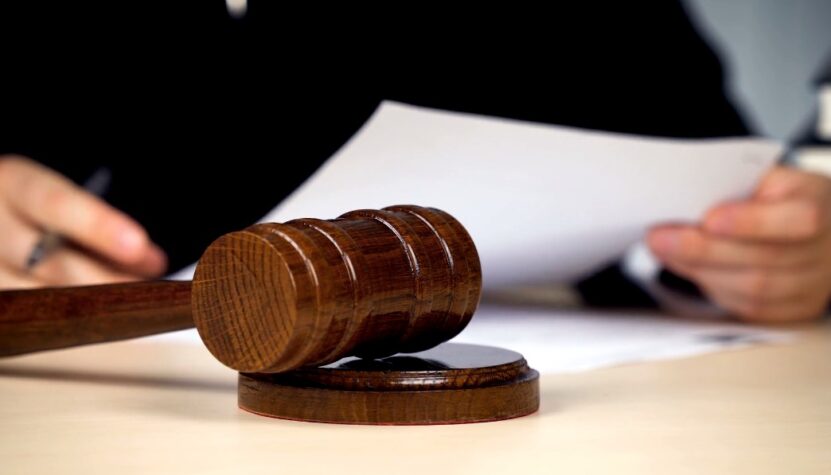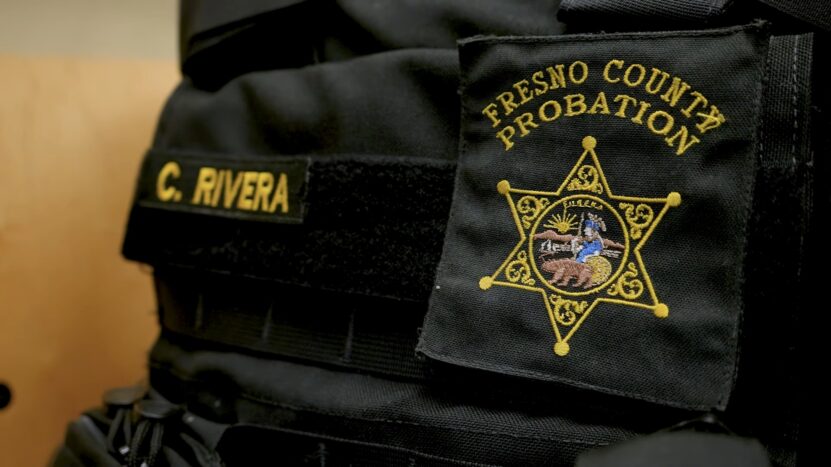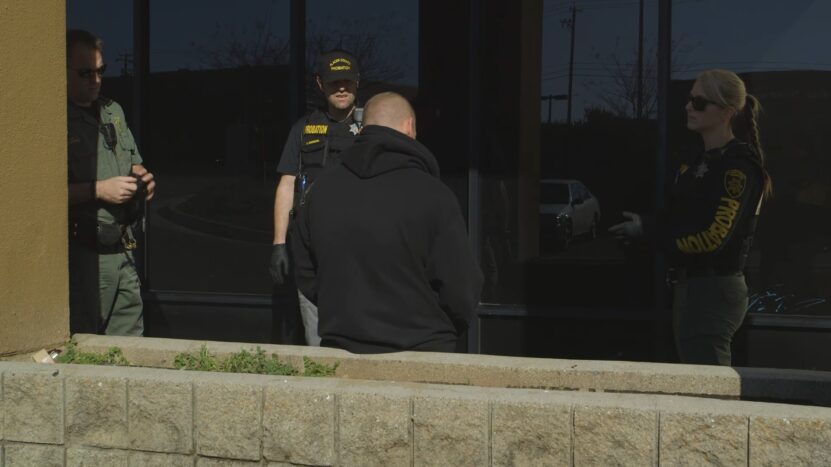In the criminal justice system, there are various alternatives to incarceration that aim to provide individuals with an opportunity for rehabilitation and reintegration into society. Two commonly used terms are probation and parole. While these terms are often used interchangeably, they have distinct differences and play different roles in the criminal justice process.
Understanding these differences is essential for individuals involved in the legal system, as well as for society as a whole. In this blog post, we will delve into the definitions, purposes, legal bases, processes, supervision, conditions, durations, revocation, consequences, and roles of probation and parole.
By the end, you will have a comprehensive understanding of these concepts and their significance.
Definition and Overview

Probation is a form of criminal sentencing that allows offenders to remain in the community under supervision, subject to specific conditions and restrictions imposed by the court.
It is typically granted as an alternative to incarceration for individuals convicted of less serious offenses. Parole, on the other hand, is the conditional release of an offender from prison before the completion of their full sentence.
It is granted to individuals who have served a portion of their sentence and have demonstrated rehabilitation and a reduced risk to society.
Purpose and Goals
The primary purpose of probation is to provide offenders with an opportunity to rehabilitate themselves while maintaining a level of community safety. It allows individuals to address the underlying causes of their criminal behavior through counseling, treatment programs, and educational opportunities.
The primary goals of supervised release, on the other hand, are to facilitate the successful reintegration of offenders into society, reduce recidivism rates, and ensure public safety.
Parolees are often required to participate in programs and services that support their transition back into the community.
Legal Basis

Probation is based on a legal framework that varies from jurisdiction to jurisdiction. In the United States, these laws are typically enacted at the state level and vary in their specific provisions.
These laws outline the authority of the court to grant probation, the conditions that can be imposed, and the consequences of non-compliance. Parole, on the other hand, is generally governed by statutes and regulations at the state or federal level.
These laws provide the legal basis for the release of offenders from prison and outline the conditions and expectations of a supervised release.
Sentencing and Release
Probation is usually ordered as part of the sentencing process, where the court determines that the offender is suitable for community supervision. It is often granted to first-time offenders, individuals convicted of non-violent crimes, or those with mitigating circumstances.
Parole, on the other hand, is granted after a period of incarceration. Offenders who have served a portion of their sentence and have demonstrated good behavior and rehabilitation may be eligible for it.
The decision to grant one is made by a parole board or similar authority.
Supervision

Probation involves varying degrees of supervision, depending on the jurisdiction and the individual case. The officers in charge play a crucial role in monitoring the behavior and progress of probationers. They conduct regular meetings, perform home visits, and collaborate with treatment providers to ensure compliance with court-ordered conditions.
Parole supervision, while similar in nature, often involves more intensive monitoring due to the higher level of risk associated with individuals who have previously been incarcerated.
The officers in charge closely monitor parolees, conduct drug tests, and may require electronic monitoring or curfews to ensure compliance.
Conditions and Restrictions
Individuals on probation must adhere to specific conditions and restrictions imposed by the court. These may include regular check-ins with their designated officers, participation in treatment programs, restitution payments, community service, and abstaining from drug or alcohol use.
Parolees are also subject to conditions and restrictions, which are tailored to their specific case and risk factors.
These conditions often include mandatory counseling, employment or education requirements, restrictions on associating with certain individuals, and compliance with curfews.
Duration

The duration of this period varies depending on the jurisdiction, the offense committed, and the progress made by the individual. It can range from a few months to several years.
Factors such as compliance with conditions, successful completion of treatment programs, and overall behavior may influence the duration of probation. Parole, on the other hand, is determined by the sentencing judge or the parole board. It typically lasts for a portion of the offender’s original sentence.
The duration of parole may be adjusted based on the individual’s progress, adherence to conditions, and risk assessment.
Revocation and Consequences
Probation revocation occurs when an individual fails to comply with the conditions and restrictions imposed by the court. The revocation process involves a hearing where the court determines if there has been a violation and, if so, the appropriate consequences.
Consequences may include additional probationary terms, incarceration, fines, or a combination thereof. Parole revocation can occur when a parolee violates the conditions of their release.
A revocation hearing is conducted, and the parole board decides on the appropriate consequences, which may include returning the individual to prison to serve the remainder of their sentence.
Role of Probation/Parole Officers

Probation officers play a vital role in the rehabilitation and supervision of individuals on probation. They assess the needs and risks of probationers, develop case plans, provide referrals to treatment programs, and monitor compliance.
Both also act as a bridge between the offender and the court, providing progress reports and recommendations. Parole officers have similar responsibilities but often work with individuals who have a higher risk level due to their previous incarceration.
They provide support, monitor compliance, and offer guidance to facilitate the successful reintegration of parolees into society.
Rehabilitation and Reintegration
Probation contributes to rehabilitation by providing individuals with access to counseling, treatment, and educational programs. It aims to address the underlying causes of criminal behavior and equip those in need with the necessary skills to reintegrate into society successfully.
Parole serves as a means of facilitating reintegration for offenders who have already served a portion of their sentence.
It provides them with an opportunity to transition back into society under supervision, with access to supportive services and resources that help reduce the likelihood of re-offending.
Conclusion
Probation and parole are distinct concepts within the criminal justice system. The former is a community-based alternative to incarceration, while parole is conditional release from prison before the completion of a sentence.
Understanding the key differences and similarities between these terms is crucial for individuals navigating the legal system and for society as a whole.
By comprehending these concepts, we can ensure that individuals receive appropriate support for rehabilitation and reintegration, while also maintaining public safety.
FAQ
What is the difference between probation and parole?
Probation is a form of community supervision as an alternative to incarceration, while the latter is conditional release from prison before completing a sentence.
What is the purpose of probation?
The primary purpose of probation is to provide offenders with an opportunity for rehabilitation while maintaining community safety.
What are the goals of parole?
The goals of parole include facilitating successful reintegration into society, reducing recidivism rates, and ensuring public safety.
How are probation and parole legally defined?
Probation is defined as a form of criminal sentencing, while parole is conditional release from prison.
How does one receive probation?
Probation is typically ordered as an alternative to incarceration by the court during the sentencing process.
How is parole granted?
Parole is granted after a portion of the sentence has been served, and the offender has demonstrated rehabilitation and reduced risk to society.
What level of supervision is involved in probation?
Probation involves varying degrees of supervision by probation officers, depending on the jurisdiction and the case.
How is parole supervision different from probation supervision?
Parole supervision is often more intensive due to the higher risk associated with individuals previously incarcerated.
What conditions and restrictions are imposed on probationers?
Specific conditions and restrictions vary but may include regular meetings with probation officers, treatment programs, and abstaining from drug or alcohol use.
What conditions and restrictions are imposed on parolees?
Conditions and restrictions for parolees are tailored to the individual’s case and may include counseling, employment or education requirements, and compliance with curfews.
How long does probation typically last?
The duration of probation varies depending on the jurisdiction, offense, and the individual’s progress, ranging from months to years.
Can probation or parole be revoked?
Yes, both probation and parole can be revoked if individuals fail to comply with the imposed conditions and restrictions. Revocation may lead to additional terms, fines, or incarceration.

